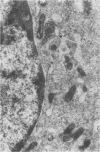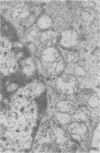Abstract
Lonidamine or 1-[(2, 4-dichlorophenyl) methyl]-1H-indazole-3-carboxylic acid, studied in a battery of in vitro and in vivo tests currently used for the screening of anti-tumour agents affecting cell division, has been shown to have a narrow spectrum of anti-tumour activity. The significance of this finding is discussed in the light of previous investigations suggesting that lonidamine affects mitochondrial function and not cell replication. Hyperthermia has been shown to sensitize tumour cells to lonidamine. This observation indicates that in combination with hyperthermia lonidamine has some potential for the treatment of cancer; moreover, it suggests that hyperthermia might reproduce a metabolic condition occurring in some stages of the disease. The blood levels corresponding to the anti-tumour action of lonidamine in animals are in the range of those detected in patients treated with the drug.
Full text
PDF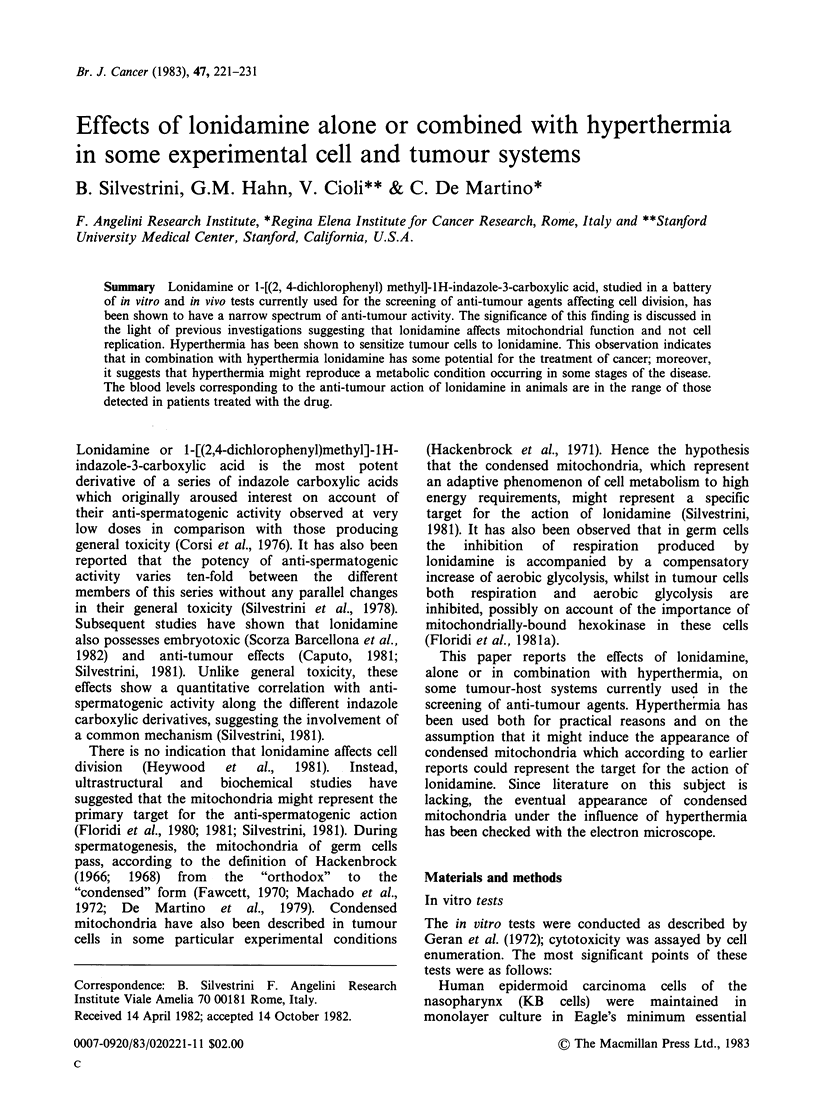
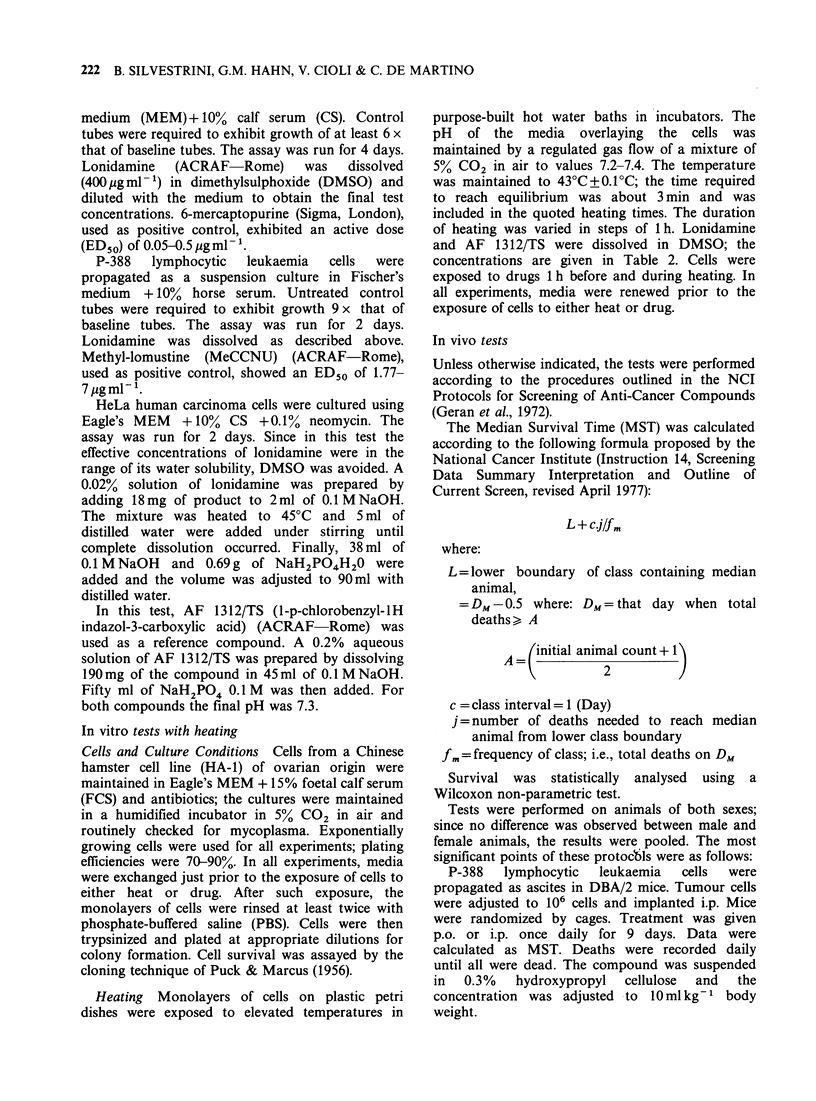
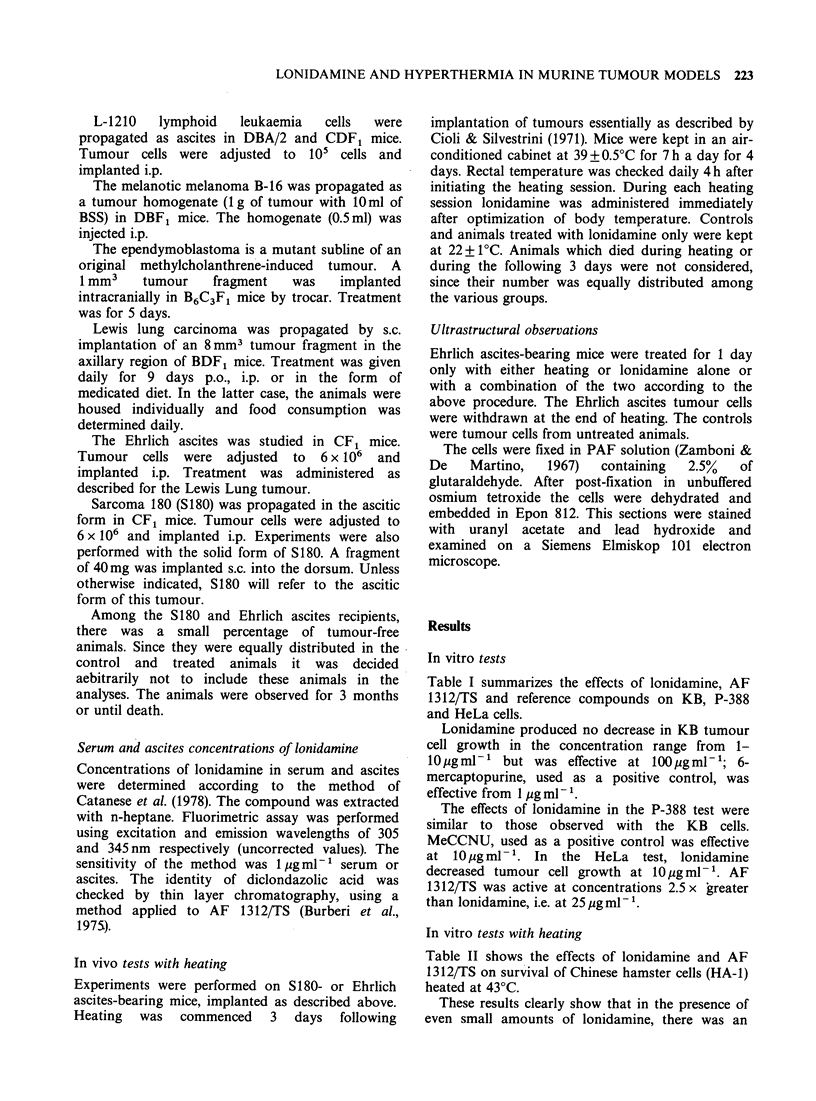
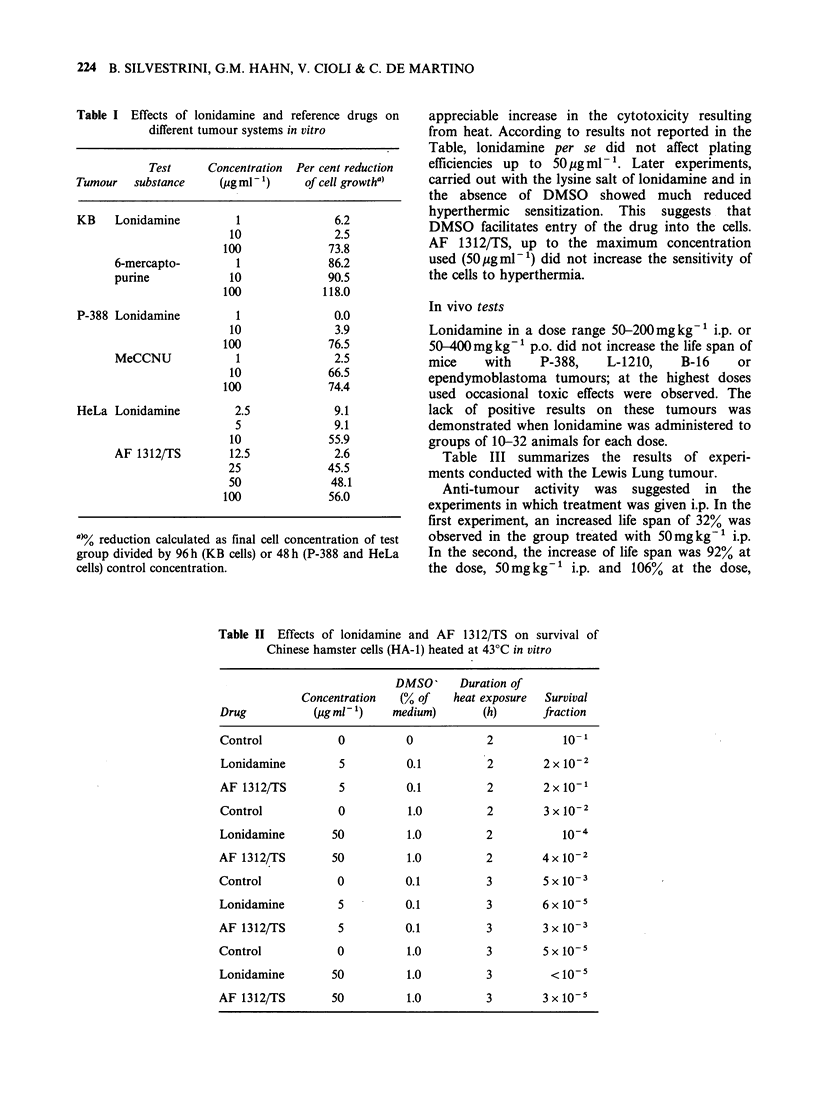

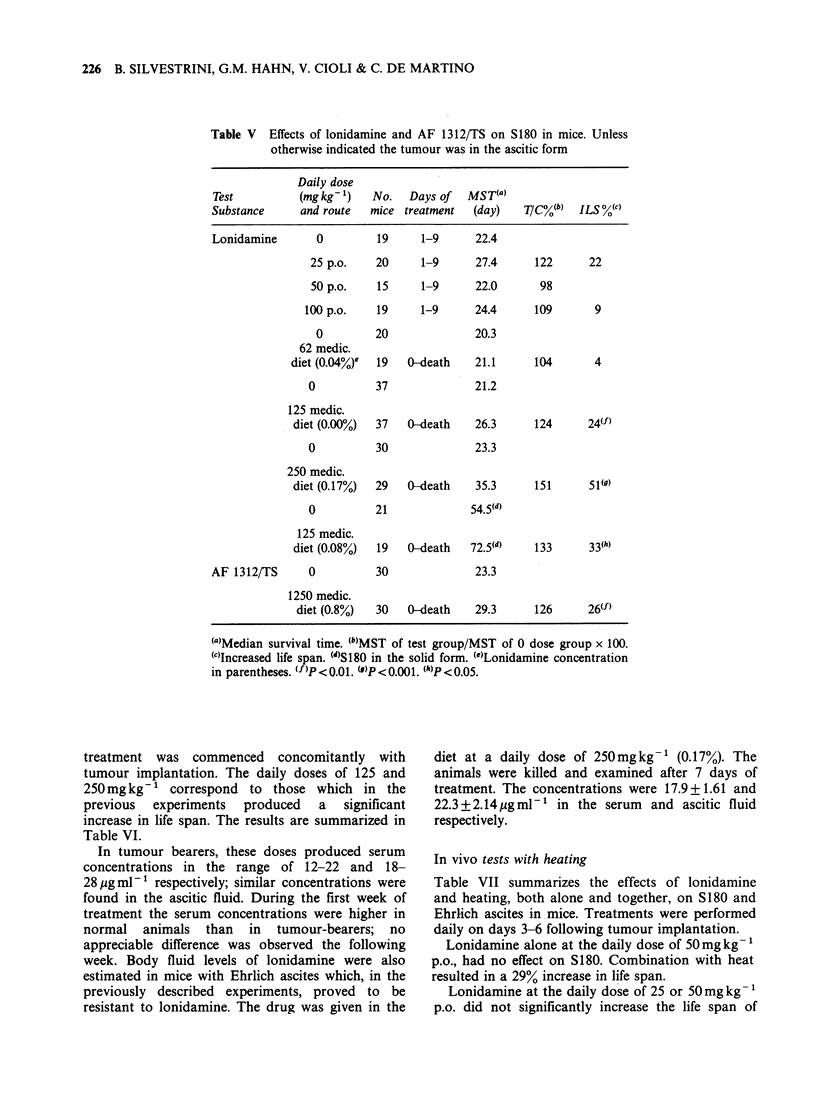
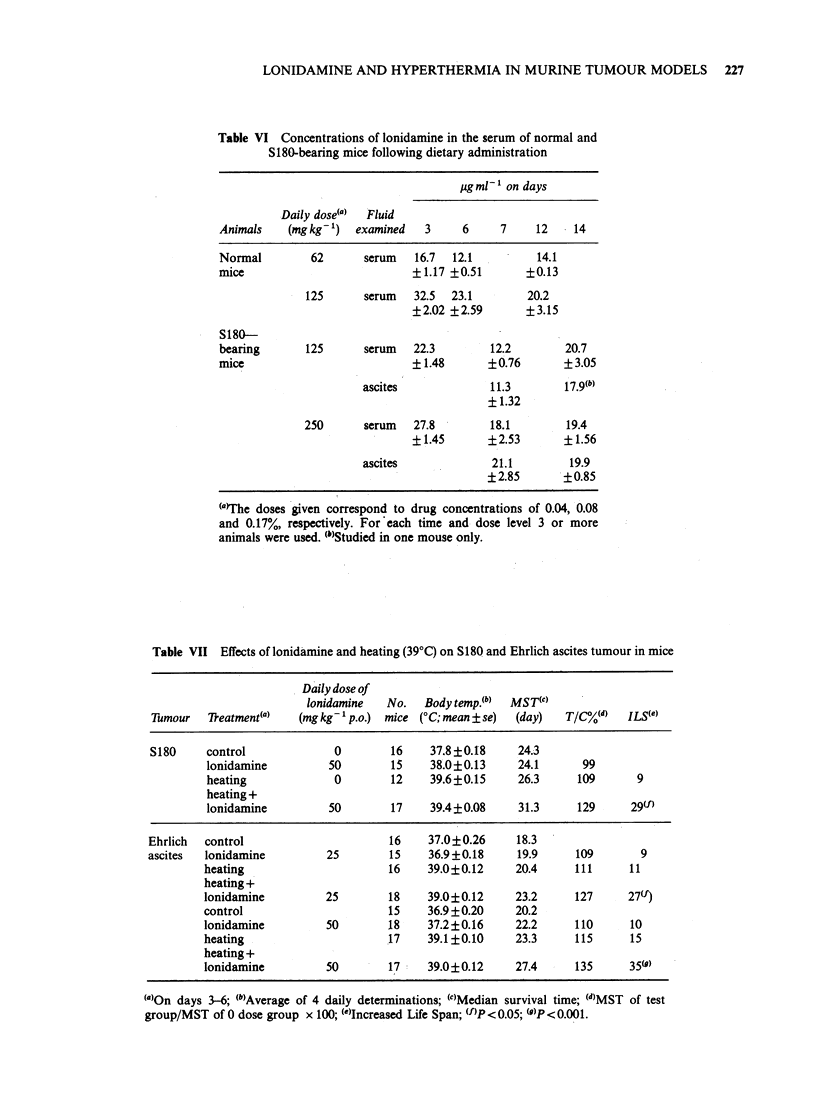
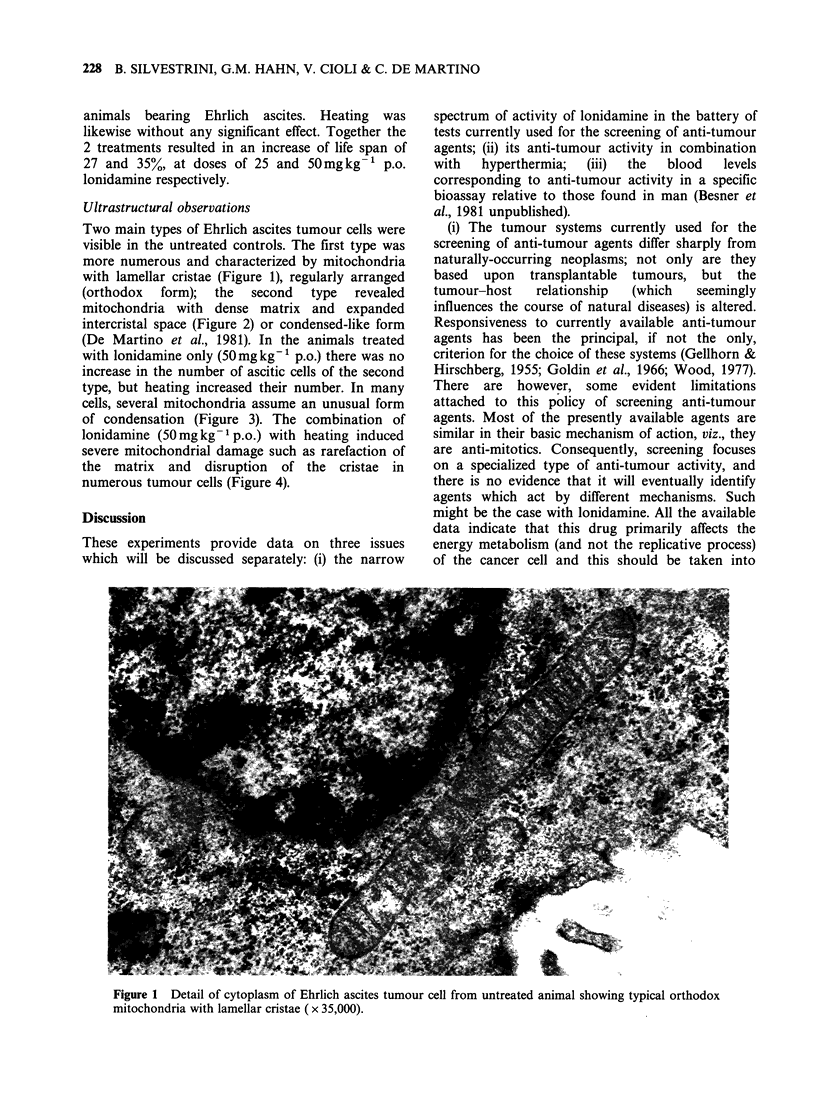
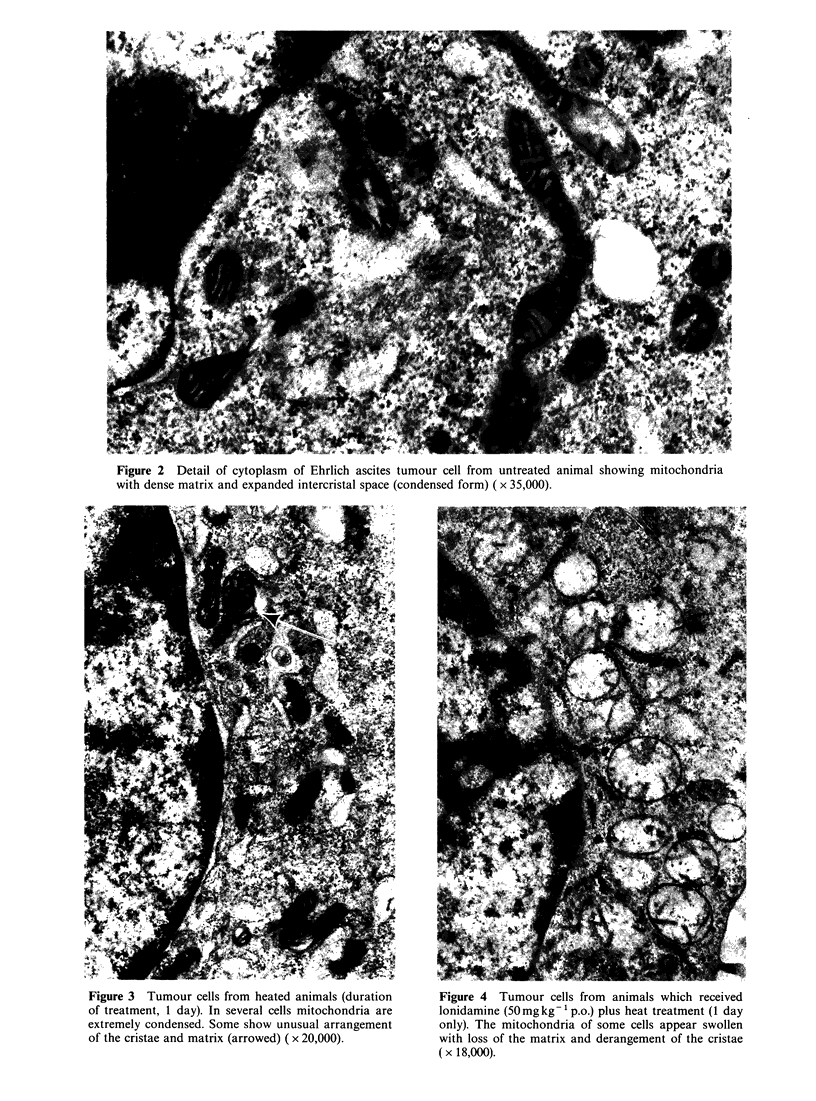
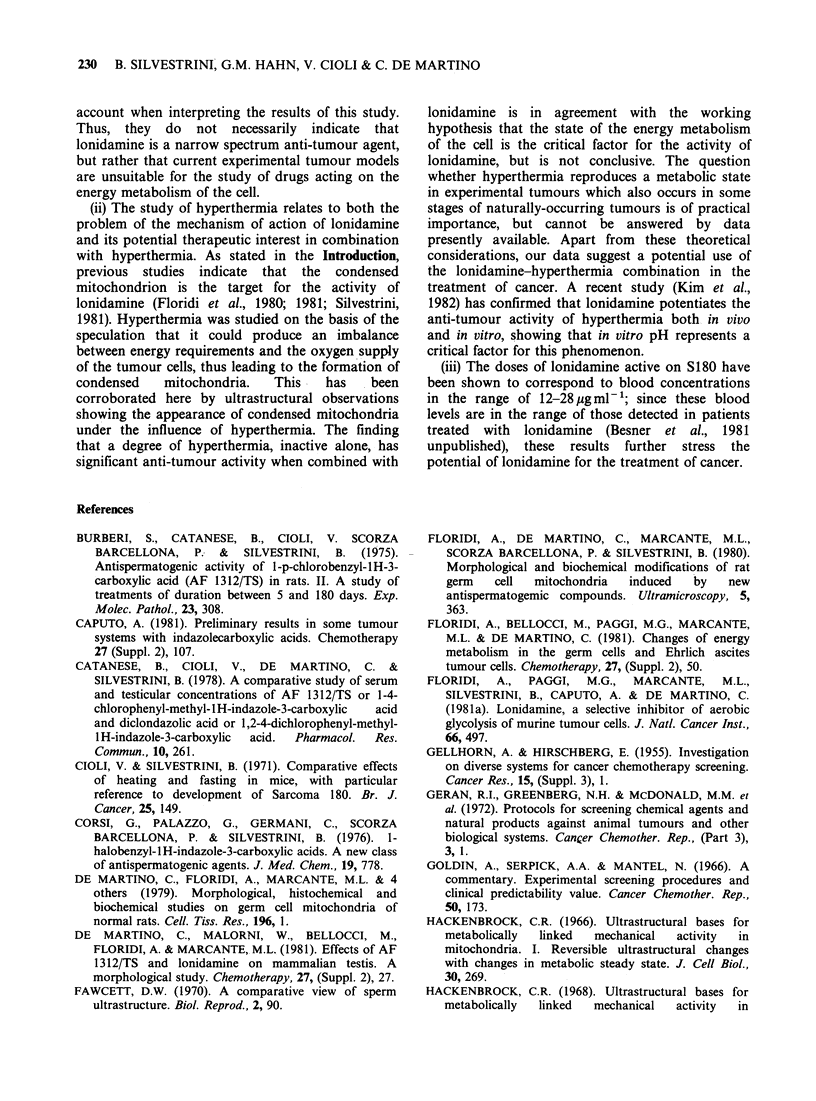

Images in this article
Selected References
These references are in PubMed. This may not be the complete list of references from this article.
- Burberi S., Catanese B., Cioli V., Barcellona P. S., Silvestrini B. Antispermatogenic activity of 1-p-Chlorobenzyl-1H-indazol-3-carboxylic acid (AF 1312/TS) in rats. II. A study of treatments of duration between 5 and 180 days. Exp Mol Pathol. 1975 Oct;23(2):308–320. doi: 10.1016/0014-4800(75)90027-1. [DOI] [PubMed] [Google Scholar]
- Caputo A. Preliminary results in some tumor systems with indazolecarboxylic acids. Chemotherapy. 1981;27 (Suppl 2):107–120. doi: 10.1159/000238052. [DOI] [PubMed] [Google Scholar]
- Catanese B., Cioli V., De Martino C., Silvestrini B. A comparative study of serum and testicular concentrations of AF 1312/TS (or 1-[(4-chlorophenyl)methyl] 1H-indazole-3-carboxylic acid) and diclondazolic acid (or 1-[(2,4-dichlorophenyl)methyl)] -1H-indazole-3-carboxylic acid) in rats. Pharmacol Res Commun. 1978 Mar;10(3):261–269. doi: 10.1016/s0031-6989(78)80020-4. [DOI] [PubMed] [Google Scholar]
- Cioli V., Silvestrini B. Comparative effects of heating and fasting in mice, with particular reference to development of Sarcoma 180. Br J Cancer. 1971 Mar;25(1):149–157. doi: 10.1038/bjc.1971.21. [DOI] [PMC free article] [PubMed] [Google Scholar]
- Corsi G., Palazzo G. 1-Halobenzyl-1H-indazole-3-carboxylic acids. A new class of antispermatogenic agents. J Med Chem. 1976 Jun;19(6):778–783. doi: 10.1021/jm00228a008. [DOI] [PubMed] [Google Scholar]
- Fawcett D. W. A comparative view of sperm ultrastructure. Biol Reprod Suppl. 1970;2:90–127. [PubMed] [Google Scholar]
- Floridi A., Paggi M. G., Marcante M. L., Silvestrini B., Caputo A., De Martino C. Lonidamine, a selective inhibitor of aerobic glycolysis of murine tumor cells. J Natl Cancer Inst. 1981 Mar;66(3):497–499. [PubMed] [Google Scholar]
- Goldin A., Serpick A. A., Mantel N. Experimental screening procedures and clinical predictability value. Cancer Chemother Rep. 1966 May;50(4):173–218. [PubMed] [Google Scholar]
- Hackenbrock C. R., Rehn T. G., Weinbach E. C., Lemasters J. J. Oxidative phosphorylation and ultrastructural transformation in mitochondria in the intact ascites tumor cell. J Cell Biol. 1971 Oct;51(1):123–137. doi: 10.1083/jcb.51.1.123. [DOI] [PMC free article] [PubMed] [Google Scholar]
- Hackenbrock C. R. Ultrastructural bases for metabolically linked mechanical activity in mitochondria. I. Reversible ultrastructural changes with change in metabolic steady state in isolated liver mitochondria. J Cell Biol. 1966 Aug;30(2):269–297. doi: 10.1083/jcb.30.2.269. [DOI] [PMC free article] [PubMed] [Google Scholar]
- Hackenbrock C. R. Ultrastructural bases for metabolically linked mechanical activity in mitochondria. II. Electron transport-linked ultrastructural transformations in mitochondria. J Cell Biol. 1968 May;37(2):345–369. doi: 10.1083/jcb.37.2.345. [DOI] [PMC free article] [PubMed] [Google Scholar]
- Machado de Domenech E., Domenech C. E., Aoki A., Blanco A. Association of the testicular lactate dehydrogenase isozyme with a special type of mitochondria. Biol Reprod. 1972 Feb;6(1):136–147. doi: 10.1093/biolreprod/6.1.136. [DOI] [PubMed] [Google Scholar]
- PUCK T. T., MARCUS P. I. Action of x-rays on mammalian cells. J Exp Med. 1956 May 1;103(5):653–666. doi: 10.1084/jem.103.5.653. [DOI] [PMC free article] [PubMed] [Google Scholar]
- Scorza Barcellona P., Campana A., Silvestrini B., De Martino C. The embryotoxicity of a new class of antispermatogenic agents: the 3-indazole-carboxylic acids. Arch Toxicol Suppl. 1982;5:197–201. doi: 10.1007/978-3-642-68511-8_35. [DOI] [PubMed] [Google Scholar]




